Wim Hof Method – Science Of How To Get Happier, Healthier + Stronger With The Wim Hof Method
In January 2016 I released an article about the real life super human Wim Hof, detailing my time spent training and going deep on his method that he calls the Wim Hof Method at his home in Holland. So I thought it was time I would write an update based on the new scientific evidence supporting the Wim Hof Method
Since then Wim and his now world famous and scientifically endorsed Wim Hof Method has grown hugely in popularity with 1000s of positive anecdotal reports ranging from complete reversal or lowering of symptoms of a variety of disease conditions and also dramatic increases in fitness and wellbeing.
I have even formed a closer friendship with Wim Hof over the last few years, who I consider a mentor in my journey to helping people become, in Wim’s words ‘healthy, happy and strong’ without the use of medication or surgery.
This year I became the host of Wim Hof events, presenting on stage with Wim Hof, helping to facilitate the Wim Hof Method with our musical co-creations that takes people into deeply immersive breathwork experiences, and have witnessed first hand numerous positive testimonies to the power of the Wim Hof Method at these live events.
Download one of the tracks that I play live at the Wim Hof events for free here
In this article you will learn:
- What exactly is the Wim Hof Method
- What is the science behind the Wim Hof Method
- How does the Wim Hof Method actually help you get more healthier, happier and stronger?
- What is intermittent hypoxia and how it relates to the Wim Hof Method.
- What is cold thermogenesis and what does Wim really think about the cold?
What is The Wim Hof Method?
The Wim Hof Method is a series of different exercises featuring cold exposure, push ups and special yoga like stretches and poses while holding your breath, but it is most famous for the special breathwork technique that involves hyper oxygenating your system by rapid breathwork, then holding your breath for as long as possible.
I personally gained a lot of benefit from learning very simple pranayama and yoga techniques when I went into remission from an autoimmune condition called ulcerative colitis. This involves extending my exhalation and holding my breath after expiration that is called Rechaka Pranayama.
Russian scientists have for many years shown the many health benefits of ‘hypoxia therapy’ that means exposing people to brief periods of low oxygen, called ‘intermittent hypoxia’ and high altitude training involving taking people up to areas of low oxygen for brief amounts of time.
We have been told over and over again that we should all be doing lots of deep, heavy breathing, and that we need lots of oxygen to be healthy. But all these techniques mentioned above involve breath holding that seems to contradict this.
So how can holding your breath lead to superhuman abilities and reversal of disease symptoms?
From all my research and training with Wim Hof directly. I believe he has put together one of the easiest methods for acquiring the benefits of Intermittent hypoxia.
Wim is famous for climbing high mountains into very low oxygen environments in nothing but shorts, and performing other seemingly impossible feats like swimming under freezing cold water for several minutes.
These abilities stem directly from the training Wim has done over the years to prepare himself to be able to withstand such harsh conditions. This training is what he has systematised into what he calls the Wim Hof Method.
The 3 Pillars Of The Wim Hof Method Are:
- Breathwork/Meditation
- Cold Therapy
- Mindset
Scientific Explanation Of The Wim Hof Method Breathwork Technique with Dr Bart Biermans (Wim Hof Instructor/Medical Doctor)
This is an interview on the science of the Wim Hof Method with one of the Wim Hof Method’s main instructors, a medical doctor called Dr Bart Biermans, from Holland. I just hosted in April 2018, 3 Wim Hof events in London, Munich and Barcelona, and Bart did a great job at explaining the science behind the Wim Hof Method.
The Wim Hof method is a series of breathing exercises that results in your ability to hold your breath for progressively longer periods of time.
It is probably one of the safest and most accessible methods of creating intermittent hypoxia without needing any expensive equipment.
The physiological explanation is as follows: The hyperventilation washes out carbon dioxide which at particular concentrations signals your brain to breathe. Once that is done, the breath can be held for a longer duration creating the right dose of intermittent hypoxia more effectively.
Initially you hyperoxygenate by breathing in more air that you breath out, then hold your breath after full expiration for as long you comfortably can. To complete the routine you take one big inhalation known as the recovery breath that resets you back to normoxia.
The retention on the inhalation at the end for 10-20 seconds, which resets the body back to normal, also creates an extra powerful surge of fresh O2 that now rushes into the tissue cells, especially the brain if you direct it in the right way!
Wim Hof also teaches you to do push ups while holding your breath which would dramatically stimulate hypoxia and mimics endurance training in high altitude that has also been shown to improve various health markers in studies.
Intermittent hypoxia causes vasodilation and also increases blood flow to the brain. Could combining certain yoga postures such as inversions and headstands with intermittent hypoxic training be a powerful method to improve cognitive function?
How To Make Sure You Are At The Right Level Of Hypoxia.
I had no idea whether I was in the right level of hypoxia until I discovered a device called the pulse oximeter that measure your blood oxygen saturation levels (SpO2).
Many people hold their breath for a long time not realising that they still have a lot of air in their lungs, or that they are breathing in micro amounts of oxygen through their nostrils. Even a very small amount of oxygen breathing back in through the nostrils or left in the lungs is enough to raise your oxygen levels back up to normal saturation. In fact we have an abundance of oxygen, and it is not easy to have too little.
You should make sure to not breath any air back into your lungs. You may even pinch your nose during the breath retension and also make sure you have completely breathed out all the air from your lungs by making a hissing sound at the end of your full exhalation to completely deflate the ‘balloon’. Otherwise you will not experience the full benefits of intermittent hypoxia.
When you do this you may be surprised by how much your usual breath hold time may reduce. This is a sign you are now finally holding your breath the right way to create the desired level of hypoxia.
You can now keep an eye on your Sp02 level. You will see it start to drop around the 1 min mark. Between 1-1:30 you will see it drop below 90% to even around the 80-85% mark. At around 2 minutes you will have given enough time to create a state of ‘systemic hypoxia’ initiating the migration of stem cells around your body to areas where they are needed. Your blood completes a full circuit around your body in around 1:30-2mins.
Obviously the longer you can hold your breath, the deeper into hypoxia you will go and the more chance you will have for stem cells to move around your body.
However you need to build up your retention times gradually and you must prepare your whole body to become very efficient at using oxygen.
read the full article about intermittent hypoxia here: https://therenegadepharmacist.com/what-happens-when-you-hold-your-breath-for-a-few-minutes-a-day-the-benefits-of-intermittent-hypoxia-rechaka-kumbhaka-buteyko-the-wim-hof-method/
Oxygen Efficiency and Reducing Oxidative Damage
The more efficient you become at using oxygen, means you can survive healthily with less oxygen. This means you need to breathe less, consume less oxygen and become less at risk from oxidative damage.
Breath Retention & Cold Thermogenesis
After repeating the breath retentions during the Wim Hof Method and maintaining an SpO2 level of below 90% for a few minutes you will begin to perspire. This is because intermittent hypoxia has a magical effect of creating heat in the body. The mechanism of this is unknown.
This means you can stay longer in an ice bath meaning you have more of a chance to produce the feel good hormones like dopamine and serotonin, as well as all the other health benefits associated with ice baths and cold thermogenesis.
Read more on the benefits of ice baths here: https://therenegadepharmacist.com/benefitsoficebaths/
Brain Over Body – Scientific Study Of The Wim Hof Method On Brain Function
A recent interesting study by that involved Wim getting into an MRI scanner and being subjected to intermittent bouts of cold exposure. They wanted to see what areas of the brain are being activated when Wim uses his meditation techniques to control his core body temperature.
What this chart shows is when Wim applies his Wim Hof Method meditation technique he is able to control his body temperature, when he does nothing his body temperature changes according to the cold exposure. This shows that the Wim Hof Method definitely does something to his brain allowing him to gain control over his autonomic nervous system, something that was never thought possible till now.
From the Wim Hof Method website:
When Wim does the WHM breathing technique, the higher order cortical brain areas are significantly more active. (These are also associated with self-reflection and internal focus, inducing a ‘here and now’ state that whisks away worry about the past and future.) Second, Wim appears to activate regions in the periaqueductal gray; a part of the brain that is the primary control center for pain suppression. This is a promising discovery that could lead to a potential role for the WHM as endogenous painkiller, and reflects results we already see today in people who effectively use the WHM to combat conditions like fibromyalgia. Finally, the measurements showed that the WHM breathing increases glucose consumption, in turn generating heat that warms circulating blood. This at least partly explains why Wim’s core body temperature does not drop.
The results clearly demonstrate the capacity of certain regions of the brain to contribute substantial top-down regulation of the body’s response to averse environmental stimuli, upending the hitherto accepted theory that this function was almost exclusively reserved for peripherally-induced processes. As with most good studies, the answers have created many new questions. As such this serves as a solid basis for further research, which we hope will follow very soon.
From the study paper:
The observed strong activation of the PAG might suggest the release of endogenous opiates/cannabinoids that mediate decreased sensitivity to cold exposure and promote a feeling of euphoria and well-being. Consequently, this technique might allow the practitioner to assert a higher level of control over key components of the brain’s autonomous system.
The Feel Good Factor
Any positive stress response will lead to the production of feel good endorphins and hormones like adrenaline, dopamine and serotonin, which in a nutshell is the Wim Hof Method – controlled positive stress response through hyperoxygenation, breath retention, cold exposure and anaerobic exercise. that leads to adaptive changes in the brain and body.
This is why the Wim Hof Method can make you healthier, happier and stronger.
Peace
Niraj, The Renegade Pharmacist.
REFERENCES:
Wim Hof Method:
http://WimHofMethod.com Wim Hof
CAUSES, DIAGNOSIS AND EFFECTS OF ABNORMAL pH STATUS
http://www.anaesthesia.med.usyd.edu.au/resources/lectures/acidbase_mjb/causes.html
The Rusting Body
https://harvardmagazine.com/1999/03/health.html
Overbreathing and its effects
http://nosebreather.com/about-the-butyeko-breathing-method/overbreathing/
SQUEEZE BREATHE EXERCISES FOR ASTHMA – QUIETING, CALMING, CENTERING, ENERGIZING BREATHING TECHNIQUES
http://www.breathing-exercises.com/Squeeze_and_Breathe.html
Naturopathic Physical Medicine: Theory and Practice for Manual Therapists …
Acidity and Alkalinity, & Acidosis
http://www.medicalinsider.com/acidosis.html
Functional Isometric Contraction. Bob Hoffman
Nisshesha rechaka pranayama offers benefits through brief intermittent hypoxia. Dr Prakash Malshe
https://www.ncbi.nlm.nih.gov/pubmed/22661835
A Medical Understanding Of Yoga Dr Prakash Malshe
Scientific Papers:1. Langston CE, Reine NJ, Kittrell D. The use of erythropoietin. Vet Clin North Am Small Anim Pract. 2003;33:1245–60.
[PubMed]
2. Freedman SB, Isner JM. Therapeutic angiogenesis for ischemic cardiovascular disease. J Mol Cell Cardiol. 2001;33:379–93. [PubMed]
3. Yin ZS, Zhang H, Gao W. Erythropoietin promotes functional recovery and enhances nerve regeneration after peripheral nerve injury in rats. Am J Neuroradiol. 2010;31:509–15. [PubMed]
4. Lipton SA. Erythropoietin for neurologic protection and diabetic neuropathy. N Engl J Med. 2004;350:2516–7. [PubMed]
5. Stem cell basics, Stem cell information. The National Institute of Health resource for stem cell research.[Accessed on April 16, 2010]. Available from: http://stemcells.nih.gov/info/basics/basics6.asp .
6. Strelkov RB. Application of interrupted normobaric hypoxia stimulation on healthy people. Fiziol Zh. 2003;49:45–9. [PubMed]
7. Strelkov RB. The prospects for the use of a method of intermittent normobaric hypoxic stimulation (hypoxitherapy) in medical practice. Vopr Kurortol Fizioter Lech Fiz Kult. 1997;6:37–40. [PubMed]
8. Déry MA, Michaud MD, Richard DE. Hypoxia-inducible factor 1: Regulation by hypoxic and non-hypoxic activators. Int J Biochem Cell Biol. 2005;37:535–40. [PubMed]
9. Burnett A. Nitric Oxide in the Penis: Physiology and Pathology. J Urol. 1997;157:320–4. [PubMed]
10. Burnett AL. The role of nitric oxide in erectile dysfunction: Implications for medical therapy. J Clin Hypertens (Greenwich) 2006;8(12 Suppl 4):53–62. [PubMed]
11. An WG, Kanekal M, Simon MC. Stabilization of wild-type p53 by hypoxia-inducible factor 1 alpha. Nature. 1998;392:405–8. [PubMed]
12. Cipolleschi MG, Dello Sbarba P, Olivotto M. The role of hypoxia in the maintenance of hematopoietic stem cells. Blood. 1993;82:2031–7. [PubMed]
13. Rochefort GY, Delorme B, Lopez A, Hérault O, Bonnet P, Charbord P, et al. Multipotential mesenchymal stem cells are mobilized into peripheral blood by hypoxia. Stem Cells. 2006;24:2202–8.[PubMed]
14. Rodrigues CA, Diogo MM, da Silva CL, Cabral JM. Hypoxia enhances proliferation of mouse embryonic stem cell-derived neural stem cells. Biotechnol Bioeng. 2010;106:260–70. [PubMed]
15. Gupta DK, Sharma S. Stem cell therapy – Hope and scope in pediatric surgery. J Indian Assoc Pediatr Surg. 2005;10:138–41.
16. Sordi V, Piemonti L. The contribution of hematopoietic stem cells to beta-cell replacement. Curr Diab Rep. 2009;9:119–24. [PubMed]
17. Koerselman J, van der Graaf Y, de Jaegere PP, Grobbee DE. Coronary collaterals: An important and underexposed aspect of coronary artery disease. Circulation. 2003;107:2507–11. [PubMed]
18. Steiner S. Occurrence of coronary collateral vessels in patients with sleep apnea and total coronary occlusion. Chest. 2010;137:516–20. [PubMed]
19. Murphy JM, Fink DJ, Hunziker EB, Barry FP. Stem cell therapy in a caprine model of osteoarthritis. Arthritis Rheum. 2003;48:3464–74. [PubMed]
20. Khan WS, Tew SR, Adesida AB, Hardingham TE. Human infrapatellar fat pad-derived stem cells express the pericyte marker 3G5 and show enhanced chondrogenesis after expansion in fibroblast growth factor-2. Arthritis Res Ther. 2008;10:R74. [PMC free article][PubMed]
21. Khan WS, Adesida AB, Hardingham TE. Hypoxic conditions increase hypoxia-inducible transcription factor 2 alpha and enhance chondrogenesis in stem cells from the infrapatellar fat pad of osteoarthritis patients. Arthritis Res Ther. 2007;9:R55. [PMC free article] [PubMed]
22. Panchision DM. Repairing the Nervous System with Stem Cells. Stem Cell Information, The National Institutes of Health resource for stem cell research. [Last accessed on 2010 Apr 16]. Available from:http://stemcells.nih.gov/info/2006report/2006Chapter3.htm .
23. Jaslok Hospital and Research Centre. [Last accessed on 2010 Apr 16]. Available from:http://www.clinicaltrials.gov/ct2/show/NCT00976430?term=parkinson%27s+stem+cellsandrank=1 .
24. Kurtz A, Eckardt KU. Erythropoietin production in chronic renal disease before and after transplantation. Contrib Nephrol. 1990;87:15–25. [PubMed]
25. Chandra M, Clemons GK, Mc Vicar MI. Relation of serum erythropoietin levels to renal excretory function: Evidence for lowered set point for erythropoietin production in chronic renal failure. J Pediatr. 1988;113:1015–21. [PubMed]
26. Burnett AL. The role of nitric oxide in erectile dysfunction: Implications for medical therapy. J Clin Hypertens (Greenwich) 2006;8(12 Suppl 4):53–62. [PubMed]
27. Parkes MJ. Breath-holding and its breakpoint. Exp Physiol. 2006;91:1–15. [PubMed]
28. Malshe PC. ‘Yoga Book for Doctors’. Haridwar, India: Antar Prakash Centre for Yoga; 2005. ISBN 81-903298-1-2.
29. Digambaraji S, Kokaje RS, editors. Haţhapradipika of Swatmarama. Lonavala, Dist. Pune, India: S.M.Y.M.Samiti; 1970. ISBN:81-89485-12-1.
30. Oxidative Stress and Neurodegenerative Diseases: A Review of Upstream and Downstream Antioxidant Therapeutic Options Bayani Uttara,1,*# Ajay V. Singh,2,3,# Paolo Zamboni,3 and R.T Mahajan1,*
31. Intermittent hypoxia training protects cerebrovascular function in Alzheimer’s disease [PubMed]
32. P Malshe Nisshesha rechaka pranayama offers benefits through brief intermittent hypoxia [PubMed]
33.Cao G1, Shukitt-Hale B, Bickford PC, Joseph JA, McEwen J, Prior RL. Hyperoxia-induced changes in antioxidant capacity and the effect of dietary antioxidants. [PubMed]


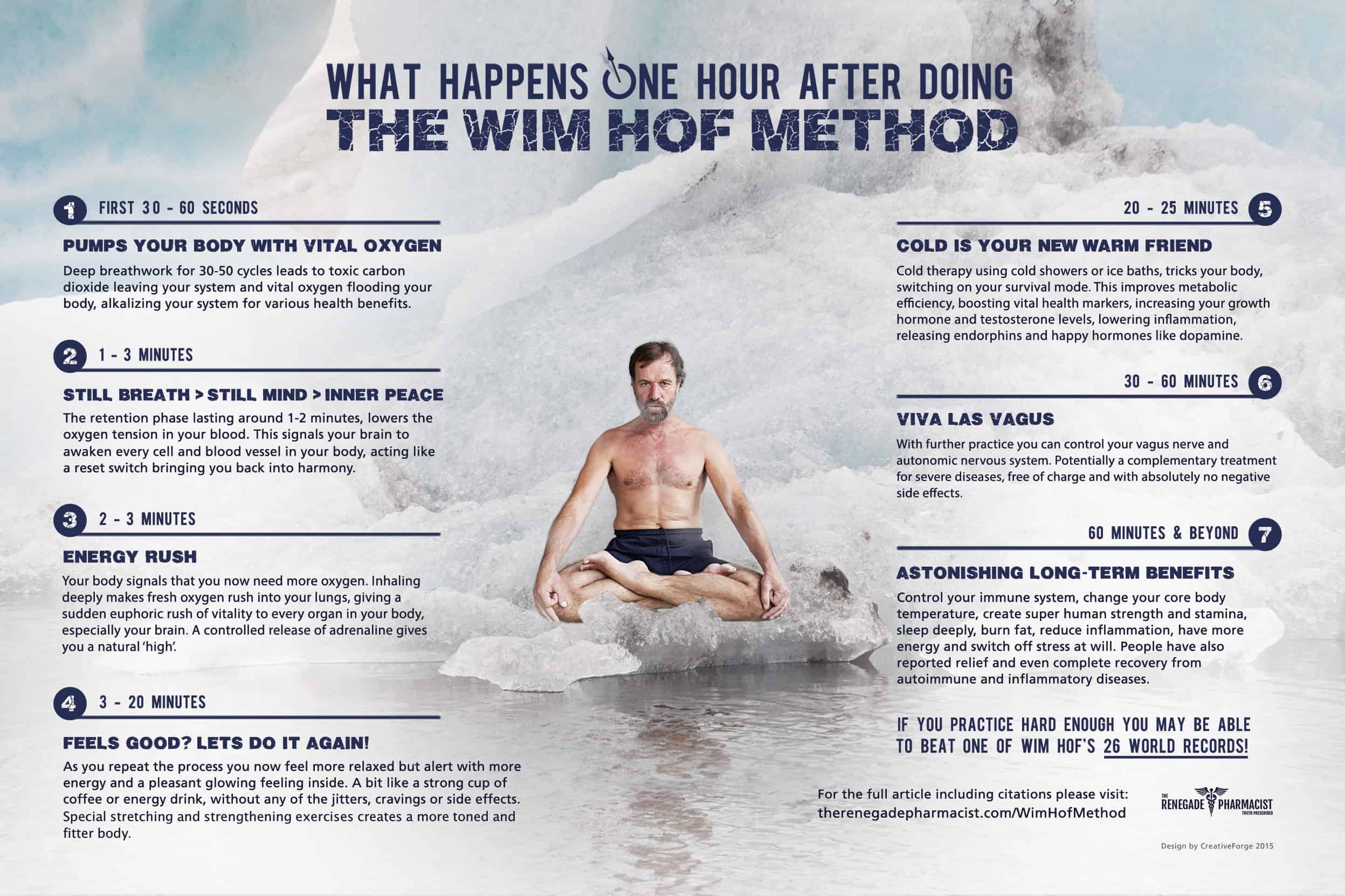
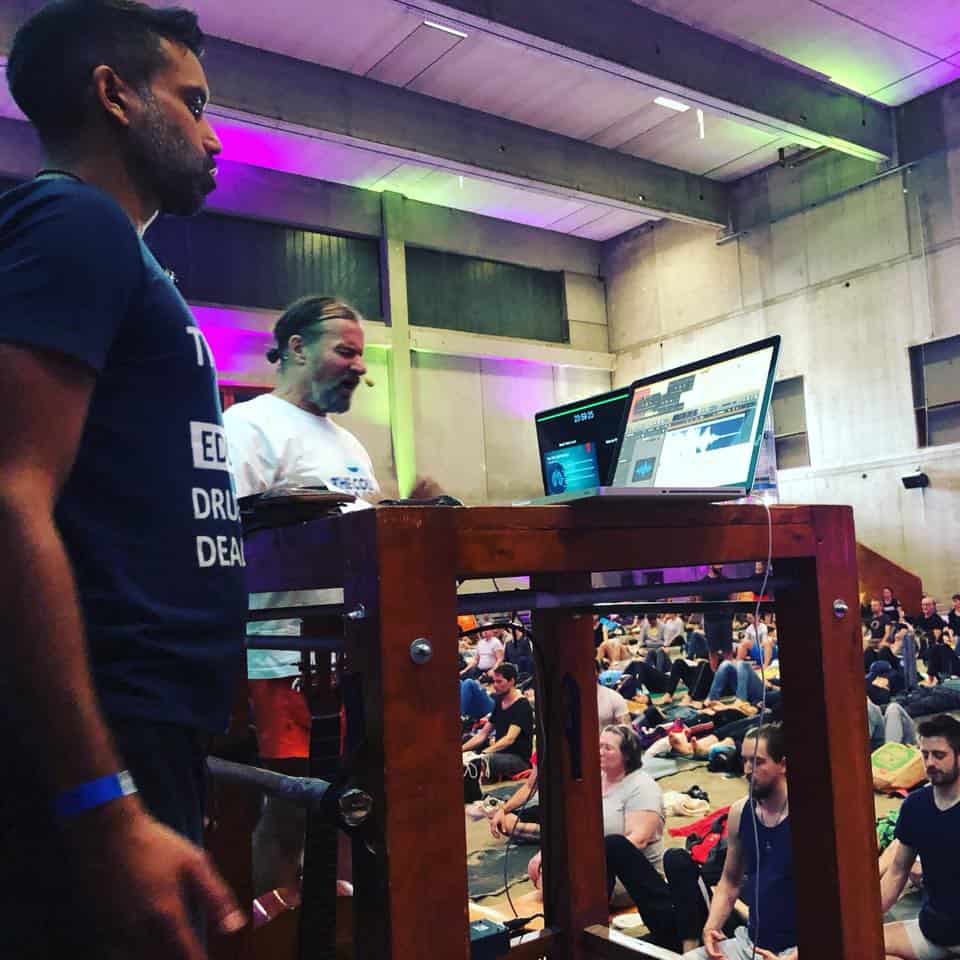
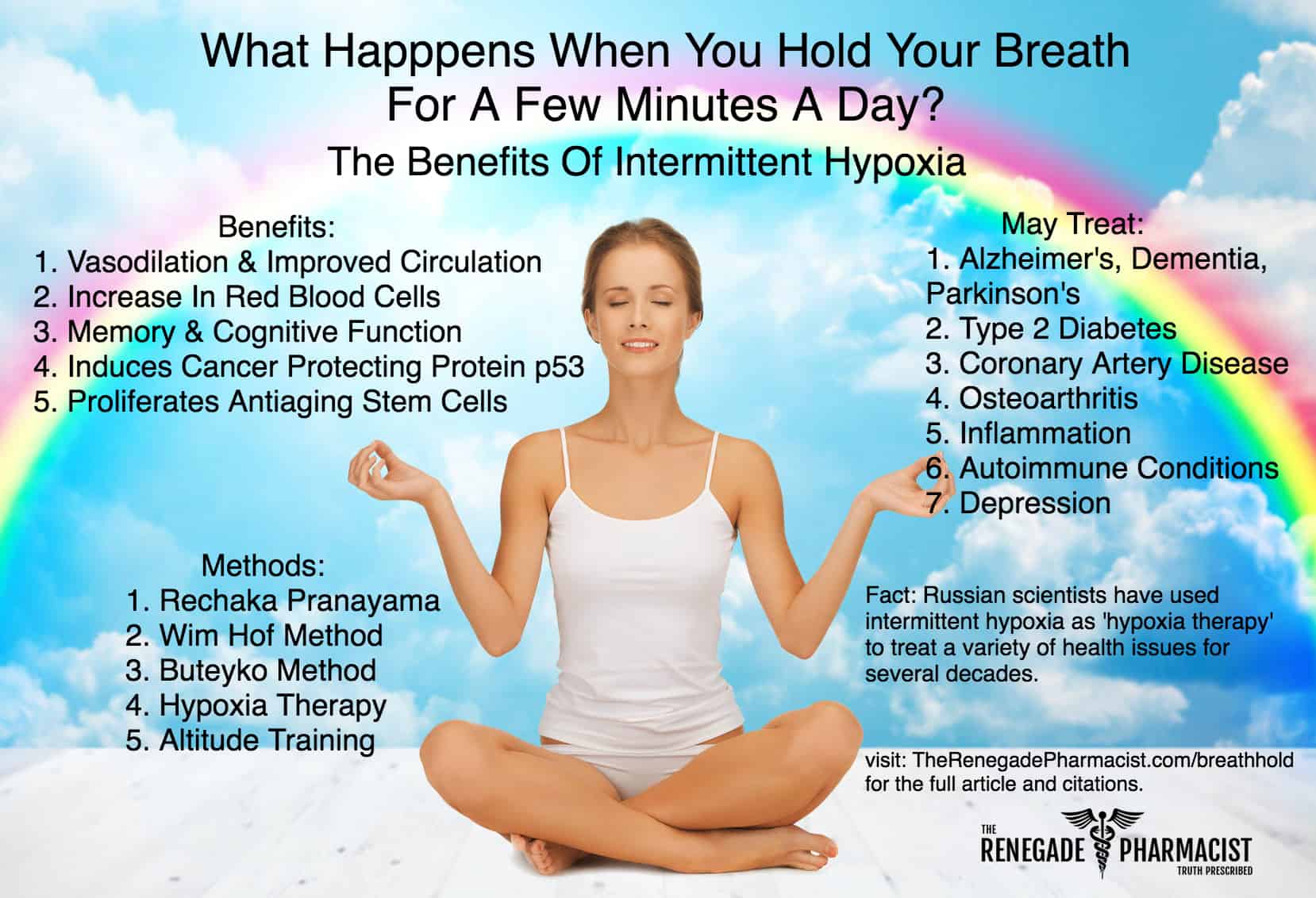
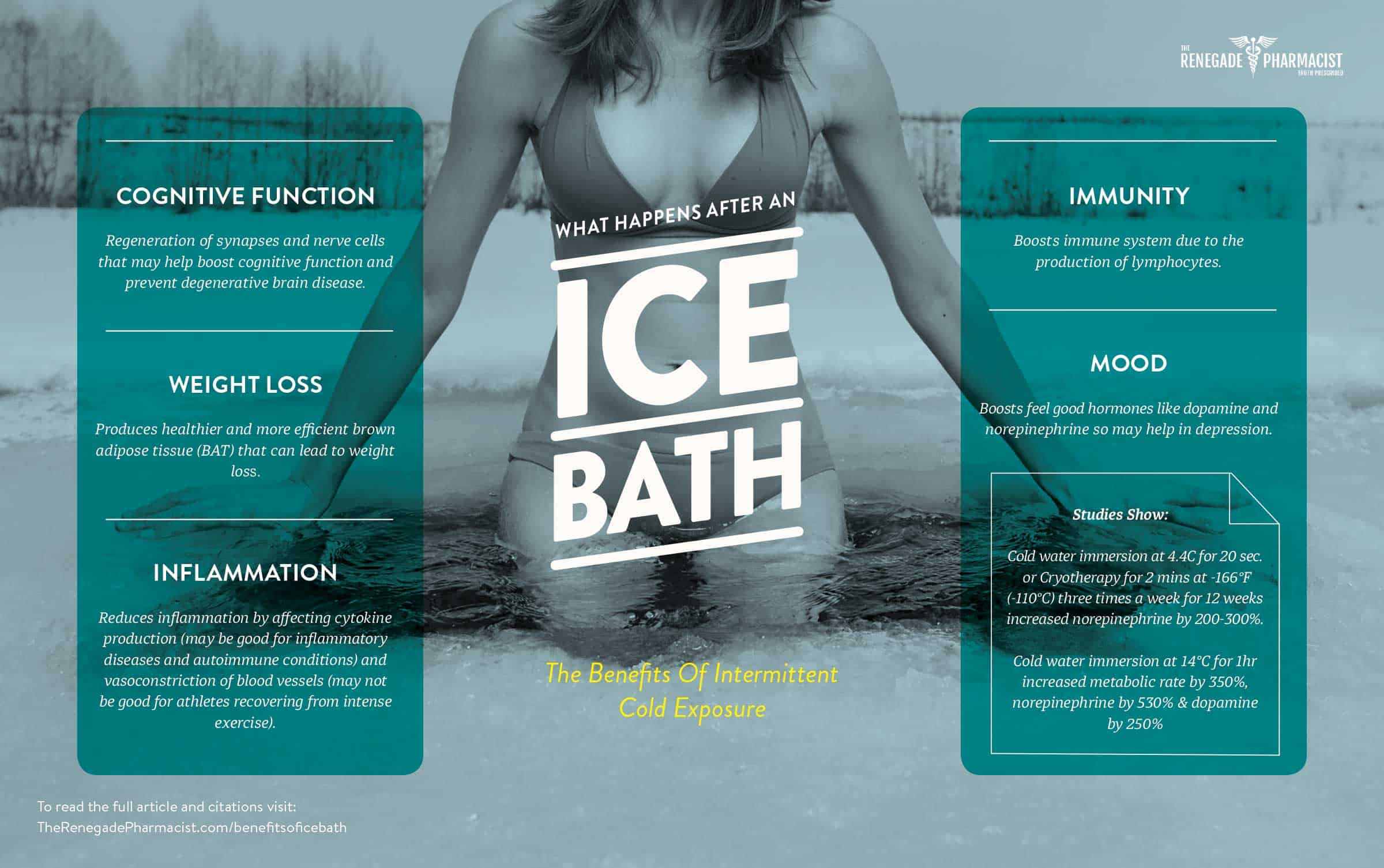
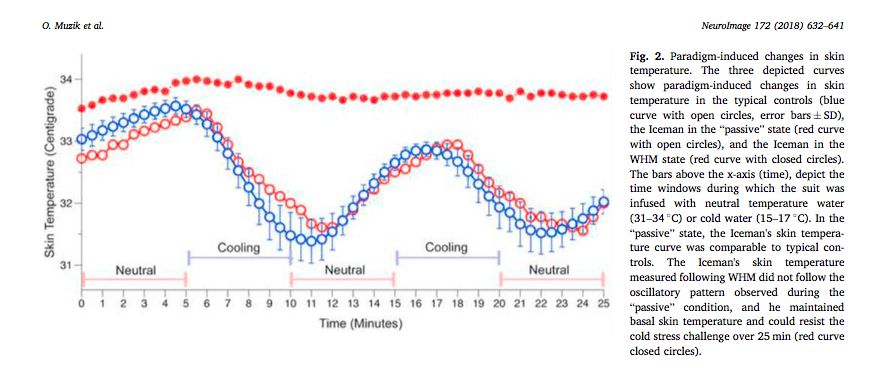

Leave A Comment